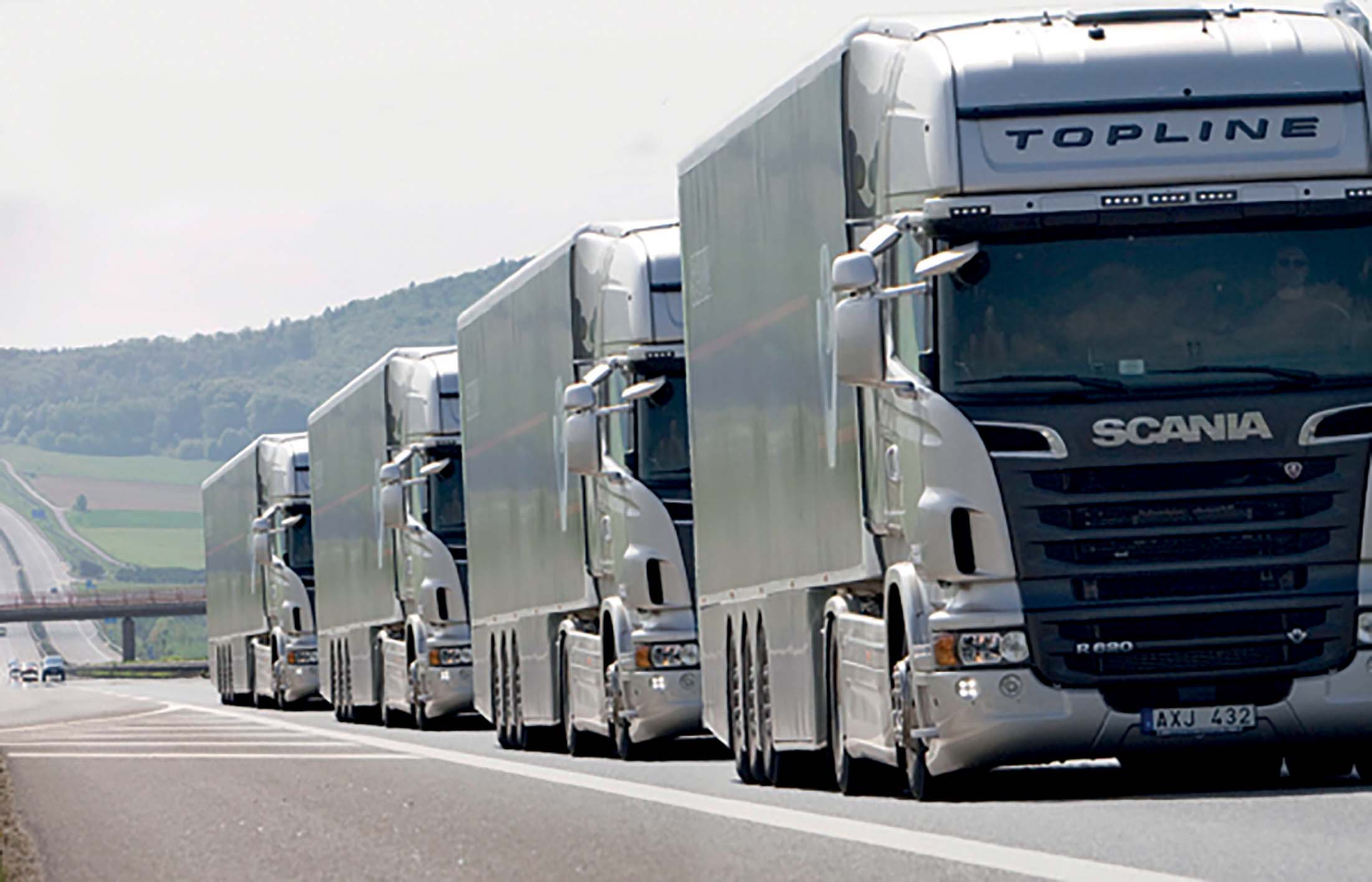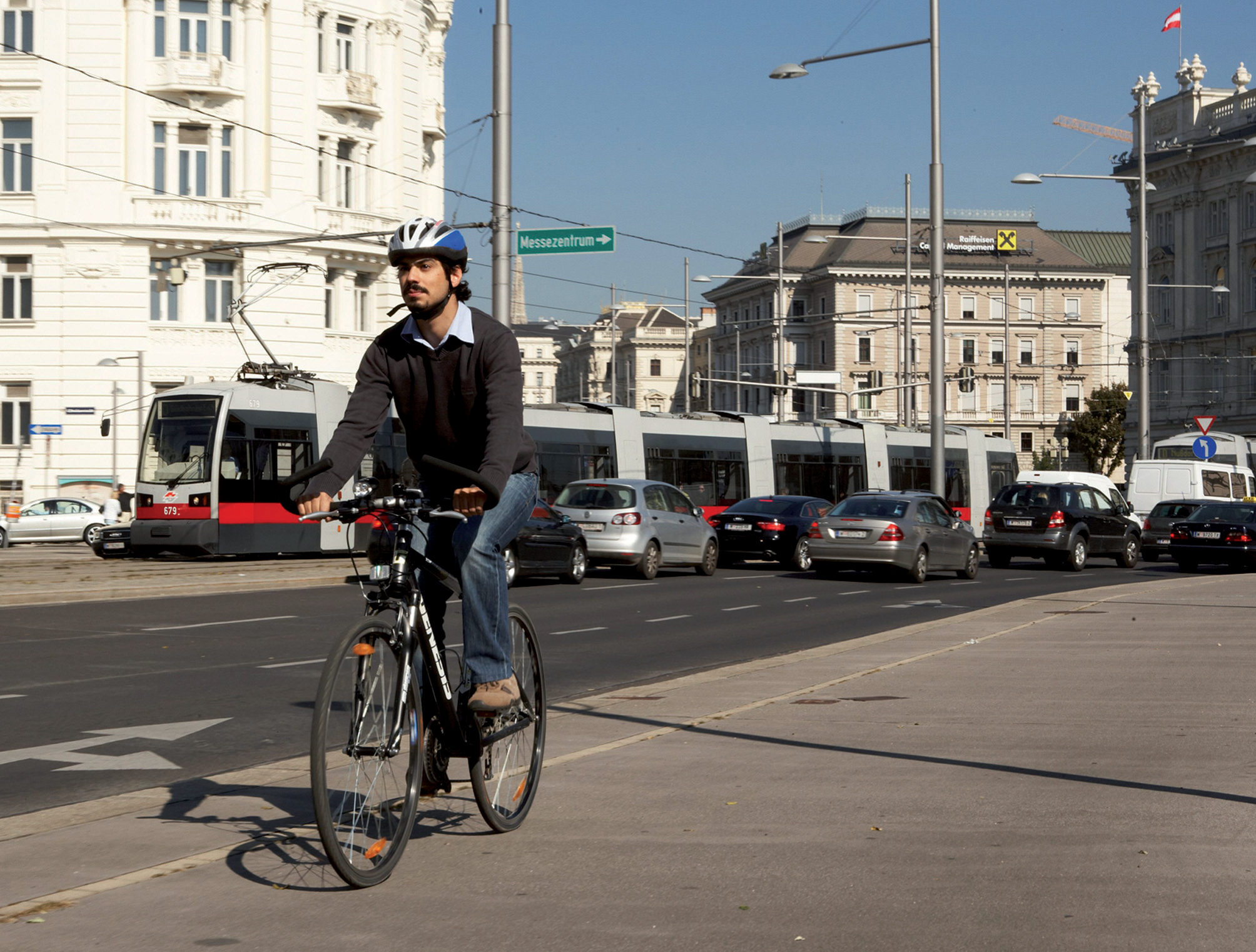The 8th European ITS Congress is a key event for the industry. Hermann Meyer, CEO of Ertico-ITS Europe puts the event in context

"The next decade will bring real challenges for European cities in sustaining the mobility needs of the European citizen whilst tackling the negative effects of transport."
The 8th
ITS provides important opportunities for urban areas. Growing prosperity creates a growing demand for mobility of people and goods particularly in urban areas. However, those areas have shown limitations in being able to accommodate the increased mobility demand by increasing road and parking infrastructure. ITS improves the transport capacity of the existing urban transport infrastructure.
The transport sector in particular is one of the significant emitters, responsible for nearly a quarter of the EU's output and with some three quarters of that figure deriving in turn from road transport in particular. Likewise, urban mobility in itself accounts for 40 per cent of all CO2 emissions of road transport and up to 70 per cent of other emissions from transport. These are coupled with congestion problems, mostly present in and around urban areas, that have been shown to cost European countries nearly e100 billion, or one per cent of the EU's GDP, every year.
Urban road safety is yet another major concern since one in three road fatalities occurs in cities. The next decade therefore will bring real challenges for European cities in sustaining the mobility needs of the European citizen whilst tackling the negative effects of transport.
The Congress will show and discuss important opportunities for ITS to strengthen the sustainability of transport in urban areas. The following opportunities seem to be most promising:
Stimulating 'EcoMobility'
Vehicle technology on its own cannot fully mitigate the environmental impact of transport. While vehicles have become more efficient in recent years, eco-driving and eco-traffic management together with the appropriate infrastructure investments will help to reduce emissions significantly. Eco-driving and eco-traffic management represents an enormous fuel and cost-saving potential, especially in urban areas.Urban freight and logistics
Freight transport is another important commercial sector where ITS can improve efficiency. European cities can profit from traffic management solutions to help them improve mobility efficiency, lower congestion delays and costs, reduce fuel consumption and CO2 emissions. A lot of technologies and services already exist to improve freight transportation in urban areas, but the challenge is now to have these deployed across European cities.Two projects can illustrate some of the future solutions.
For example, the EU co-funded project Citylog (city-log.eu) offers solutions in decreasing the environmental impact of urban deliveries by means of their Mobile pack station container (BentoBox) concept which serves, after being 'parked' like a pack station, both multiple and major customers. This container can be used for advanced home deliveries. An advantage of the BentoBox is that it makes silent night freight deliveries possible.
It offers the possibility to de-couple the interaction between operator and customer so the forwarder is free to move freight during the night to the city centre; the final user can take the parcels when he/she prefers, without waiting to meet the staff of the express courier.
The 8th European ITS Congress will be held at the Cité Internationale Congress Centre in Lyon, France, under the motto "Intelligent Mobility - ITS for sustainable transport of persons and goods in urban regions".
The Congress presents a major opportunity to meet industry, academics and public organisations and their representatives who share the common goal in promoting future urban transport systems using ITS.
Seven main topics are identified as the core points of the Congress: co-modal urban transport management, electromobility, from cooperative systems to integrated mobility services, from smart concepts to successful implementation, governance and business issues, information and communication: providers and users, and ITS for adaptive and resilient cities. These core topics essentially embody many of the issues identified by ERTICO in conjunction with the challenges presented by urban mobility.
In parallel with the Congress, an exhibition on the latest European achievements in ITS will be running from 7 - 9 June to enable the best possible synergy between both parts of the event, particularly focusing on ITS for sustainable transport of persons and goods in urban regions.
In addition, there is a busy seminar programme: 277 technical papers and 74 scientific papers have been received from 36 different countries, both from Europe and other parts of the world. In particular, the international submission marks a distinct interest and success for European ITS activity.
The Congress is organised with the active participation of the Grand Lyon, the Rhône-Alpes Region, the Lyon Urban Truck and Bus Cluster, the French Ministry of Transport (MEDDTL), ITS France, the French organisations active within ERTICO - ITS Europe, the French Organising Committee and the European Programme Committee. The
Personalised information
An informed traveller makes a safer, greener and more efficient traveller - information on real-time and real-cost alternatives enables the traveller (but also traffic and road managers) to make an informed choice.Route guidance, traffic information services and driver assistance systems can contribute by informing users of traffic jams and the best routes, while location-based services systems such as, in urban areas for example, parking guidance and booking, send drivers directly to an available space. When calculating travel times and cost, the route guidance system can also take into account incentive or reward schemes, access restrictions and parking possibilities.
Currently, the
Cooperative mobility
In combining the above strategies of urban mobility, ITS lays the building blocks for a future connected world of cooperative mobility where travellers, goods, vehicles and infrastructure communicate, share information and cooperate. As already stated, it is in urban areas where we expect to find the biggest interest in and impact from cooperative systems.To achieve these cooperative systems, a new approach is required. It involves creating a dynamic information network amongst travellers, cars and other vehicles, roadside infrastructures, and information and management centres. The network will collect and distribute in real time status information about traffic, the road network and transport services, as well as incident alerts and hazard warnings. With these future systems, drivers will be able to interact directly with the traffic control system, and road operators will be able to offer personalised journey advice, while optimising network management using knowledge of each vehicle's destination. Both users and operators will be able to make choices based on near-perfect current information - as well as well-founded predictions - for the state of traffic, of the roads and of the environment.










